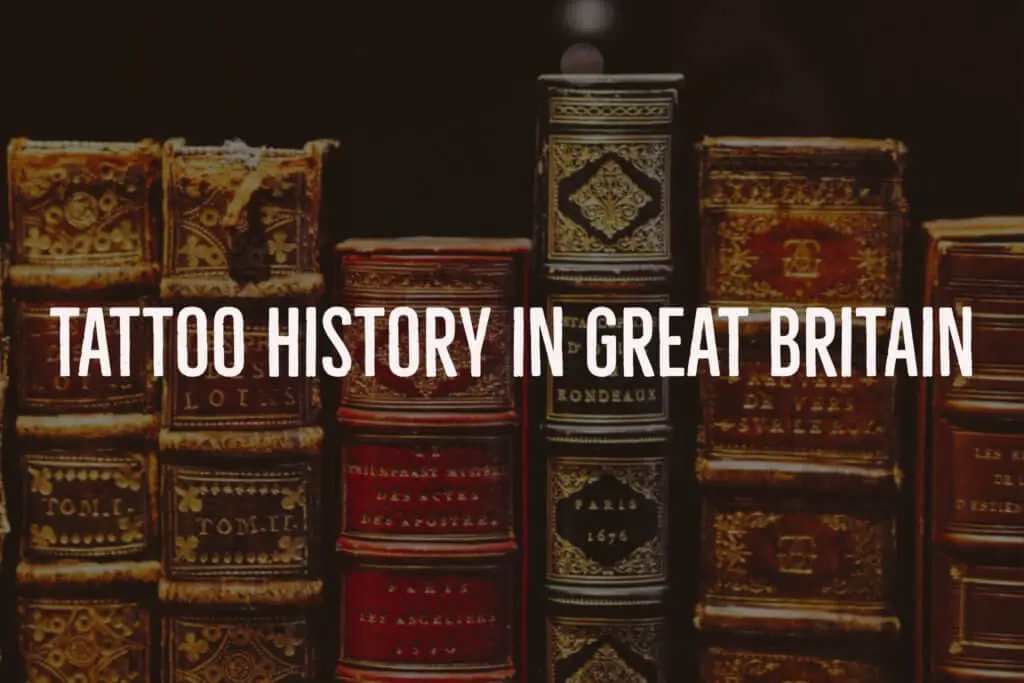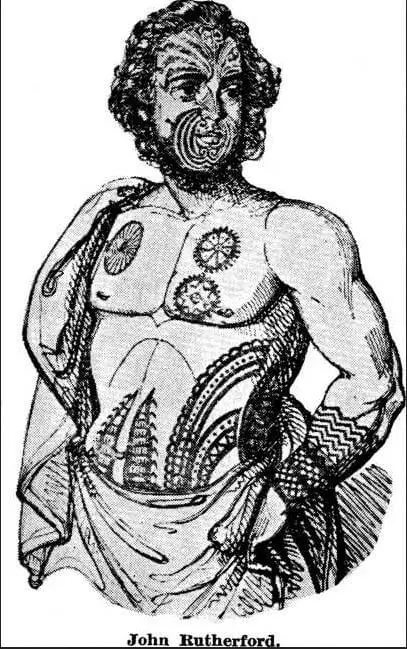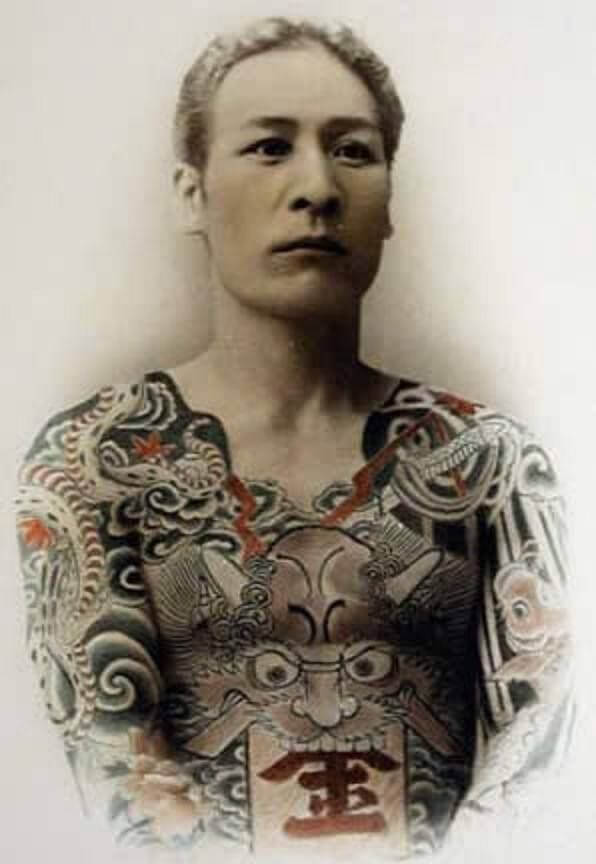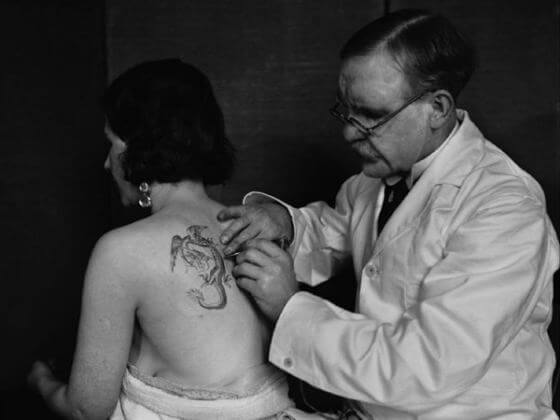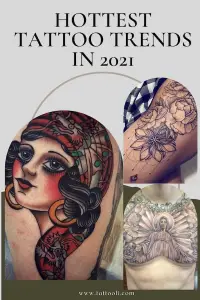Ceasers prints already stated that the Bretons painted their skins with färberwaid, a color made from the homonymous plant, while Herodes from Antiochia was wondering about the Breton why they were wearing animal motives on their bodies. But against that, there are only a couple of signs of vouchers that the Brits ever were tataued for beautification purposes. Known is the Skots and Pikts in Caledonia, todays North Scotland, shocked their enemies because it was their ritual to fight naked. Thereby displaying their tattoos made out of ink which were dark motives and mostly stylized plants or animals.
Contents
- 1 But with the triumph of the occidental culture over the from King Arthur hard-fought for Europe wide British Empire, the Celtic culture was lost.
- 1.1 The first British tattoo wonder was John Rutherford who displayed himself on fairs all over Great Britain since 1828.
- 1.2 The first motives those tattoo artists did were similar to the tribal tattoos of the Polynesians but after a while they wish for different motives grew.
- 1.3 On the other hand it wasn’t seldom for the British upper class to show themselves with recent tattooed signs.
- 1.4 Tom Riley’s cousin in New York, Samuel O’Reilly, invented the first tattoo machine with which George Burchett also worked later on during the beginning of the 20th century.
But with the triumph of the occidental culture over the from King Arthur hard-fought for Europe wide British Empire, the Celtic culture was lost.
Like everywhere else in Europe the Christian culture also ruled in Britannia with it’s Pope Hadrian I. and his prohibition on skin decoration. Still tattoos appeared sporadic like on King Harold II. (1022 – 1066) whose signs were seen at the battle of Hastings and considered a lucky charm or Sir Martin Frobisher (1535 – 1595). He brought an Eskimo woman with tataus on her forehead and chin home from one of his journeys. Besides that the prick drawings almost disappeared.
The first British tattoo wonder was John Rutherford who displayed himself on fairs all over Great Britain since 1828.
When the Prince of Wales, later King Edward VII., visited the holy country in 1862 and let a sure François Souwan tattoo a cross on his arm, the tattoo had become clubbable. Later on, Edward had Tom Riley and Sutherland MacDonald tattoo him too and the upper British nobility followed Edwards example.
Field marshal Earl Roberts, who was also tattooed, proposed that every officer of the British army should be tattooed his regiments emblem. This would not only enhance the courage of the troops and would also ease the identification in case of death. In the meantime British sailors, who had learned to tattoo, settled in seaports and D.W. Purdy was the first tattoo artist to open up a professional parlor in 1879. A new profession was born.
The first motives those tattoo artists did were similar to the tribal tattoos of the Polynesians but after a while they wish for different motives grew.
The tribal motives were tied with the design wishes of the Europeans to a new symbolic language which we know today as traditional tattoos: crossed swords, cannons, banners, dates, hearts with initials, roses and snakes. Aside those mere emblems the first figurative designs appeared in 1814 in small soldiers or faces. The influence of early Celtic motives was also not unimportant. Further influences came to Great Britain from Japan which opened itself up to the western world in the middle of the 19th century.
When the princes Albert Victor and George Frederick Ernest Albert, later King George V., visited Japan in 1882, King Edward sent them to the shop of the master tattooist Hori Chiyo who tattooed dragons on their arms.
On their return journey the two lords visited Jerusalem where they also got tattooed. In an official letter to his mother Prince George wrote: “We have been tattooed by the same old man who already tattooed our father and we chose the same motive. The one of the five crosses. Let our father show his arm.” The two tattooed princes made sure tattoos become fashionable.
On the other hand it wasn’t seldom for the British upper class to show themselves with recent tattooed signs.
Consequently Sutherland MacDonald and Tom Riley were responsible for the first tattoo highlight on the British island. The most beautiful tattoo in this time was the reproduction of Leonardo Da Vinci’s last supper on the back of Emma De Burgh who displayed herself together with her husband on the stages of England. The term “Body Art” appears for the first time.
Tom Riley’s cousin in New York, Samuel O’Reilly, invented the first tattoo machine with which George Burchett also worked later on during the beginning of the 20th century.
George Burchett is considered the forefather of todays British tattoo artists. His influence was noticeable until the post war period in tattoo stars like Les Skuses, Cash Cooper and Ron Ackers.
In the 1960’s the UK scene suffered an artistic low point. It was Ron Ackers who invited the american innovator Don Ed Hardy to the island, to show the already in the United States practiced style directions to the British tattooists. In the following years more and more tattoo shops opened up in England and the quality of the work rose constantly.
Contributing thereto was the involvement of the state in tattooing which prohibited with the “Tattooing of Minors Act” the tattooing of a person under 18 years of age. Since then warning signs hang in the shops and when hygiene demands where defined on a shop, the tattoo artist attracted with their health certificates.
These actions where quasi the fundamentals of modern tattooing and for all tattoo history.
In that time The Tattoo Club of Great Britain also arose with the function to ensure the guidelines are followed. In the late 80s a couple of tattoo artists began to establish their own style and tattoo magazines became common. Those picked up the issue of “Better Tattooing” and helped the image of this art considerably.
